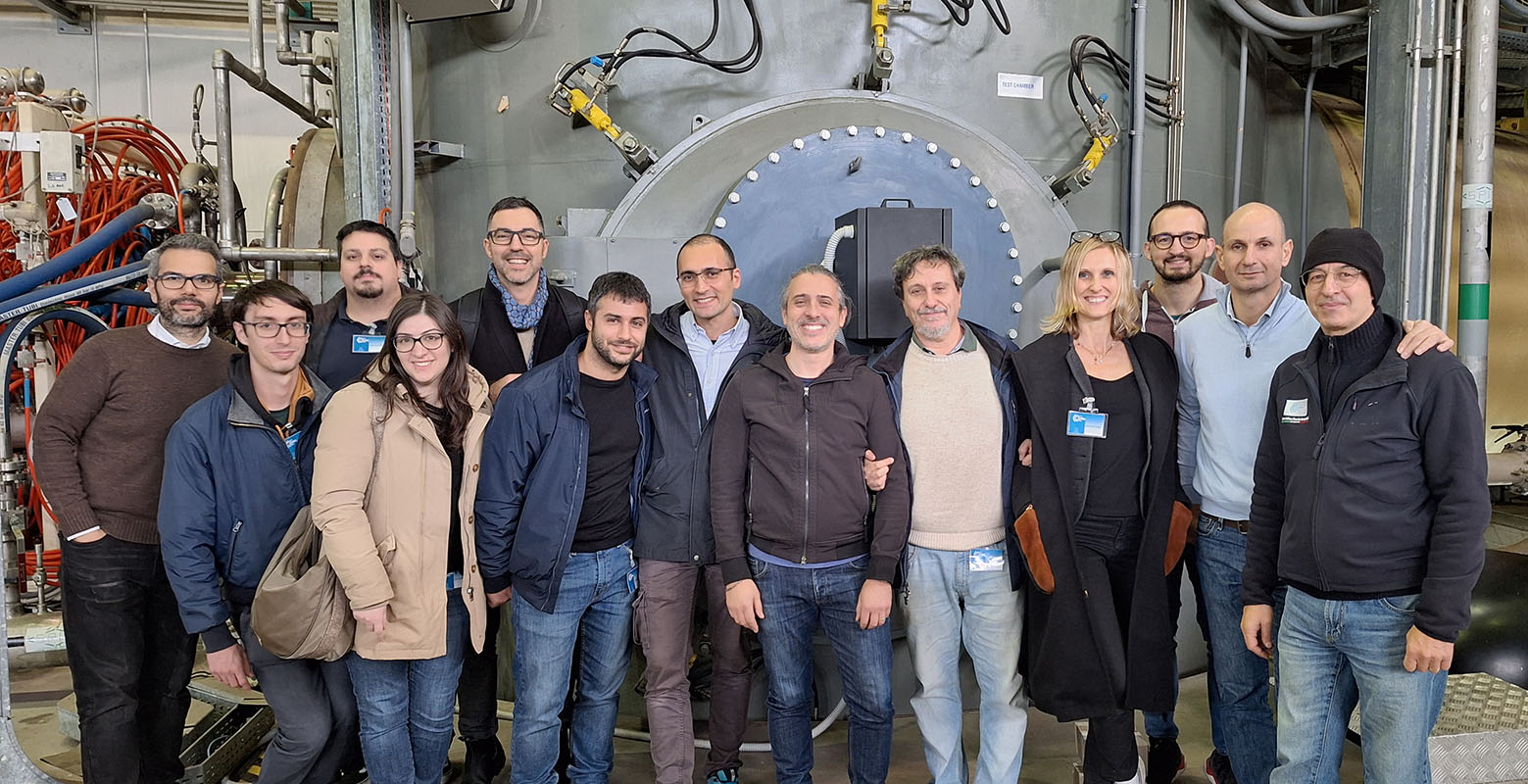TOWARDS REUSABLE VEHICLES FOR SPACE
04 June 2024 — 2 minutes read

The results of the AM3aC2A project coordinated by Politecnico di Milano and funded by the Italian Space Agency (ASI)
Reducing the cost of access to space through the use of reusable spacecraft is one of the goals of the AM3aC2A project ↗ (Multiscale Approach for Modelling CMC and UHTCMC Materials for Reusable Components for Aerospace), which has taken significant steps towards the development of vehicles capable of safely carrying out multiple space missions with no need for sophisticated inspections or maintenance over a period of more than three years.
AMACA has defined experimental and numerical methods for developing thermostructures made of ceramic composites (carbon fibre in a ceramic matrix), capable of withstanding high temperatures (1000°C÷2000°C), i.e., under the typical conditions of re-entry from space missions, hypersonic flight and propulsion systems.
Today, the materials analysed make it possible to create lightweight, highly rigid structures with damage tolerance characteristics that are extremely greater than those of common ceramics.
The AMACA project was funded by the Italian Space Agency (ASI) and is jointly led by Department of Aerospace Science and Technology of the Politecnico di Milano; CIRA, Italian Aerospace Research Centre; ISSMC, Institute of Science, Technology and Sustainability for the Development of Ceramic Materials of the CNR; and Petroceramics S.p.A.

AMACA characterised, modelled and tested in a hypersonic re-entry phase simulation environment, numerous specimens and structural elements at the laboratories of CIRA and Università Federico II in Naples.
Through an intensive experimental testing campaign,the project improved understanding of the damage and failure mechanisms that can affect the integrity of structures, and developed tools to predict them through digital models that allow virtual testing under conditions equivalent to operational conditions. Thanks to these tools, structures can be designed in such a way so as to ensure their safety even in the presence of damage caused by thermal and mechanical stresses in the most critical phases of missions, such as re-entry into the atmosphere. Therefore, AMACA has achieved significant results in extending a design philosophy based on damage tolerance, now commonly adopted in aircraft construction, to reusable spacecraft structures made of innovative materials.
Important results have been achieved in the study of the effects of thermal stresses in material behaviour and delamination of laminates. Tolerance to impact and oxidation damage was also studied using experimental protocols and evaluating the performance of the elements after exposure in CIRA's plasma tunnels, which are among the most advanced in the world.
The results, therefore, confirm that these materials provide the concrete possibility of developing lightweight, damage-tolerant aerospace thermostructures and make digital material models available to support their design by reducing development costs and increasing safety.